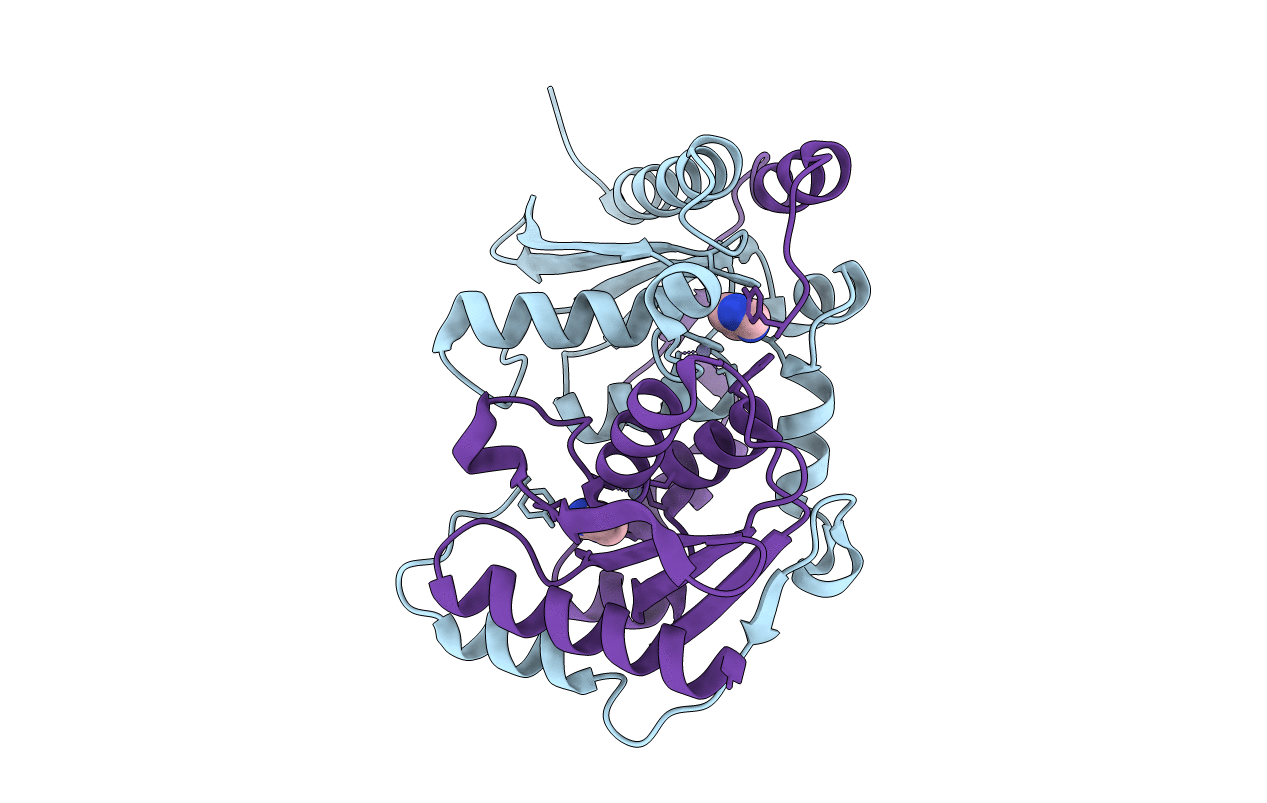
Deposition Date
2004-06-01
Release Date
2004-07-13
Last Version Date
2024-03-13
Entry Detail
PDB ID:
1WKQ
Keywords:
Title:
Crystal Structure of Bacillus subtilis Guanine Deaminase. The first domain-swapped structure in the cytidine deaminase superfamily
Biological Source:
Source Organism:
Bacillus subtilis (Taxon ID: 1423)
Host Organism:
Method Details:
Experimental Method:
Resolution:
1.17 Å
R-Value Free:
0.17
R-Value Work:
0.16
Space Group:
C 2 2 21


